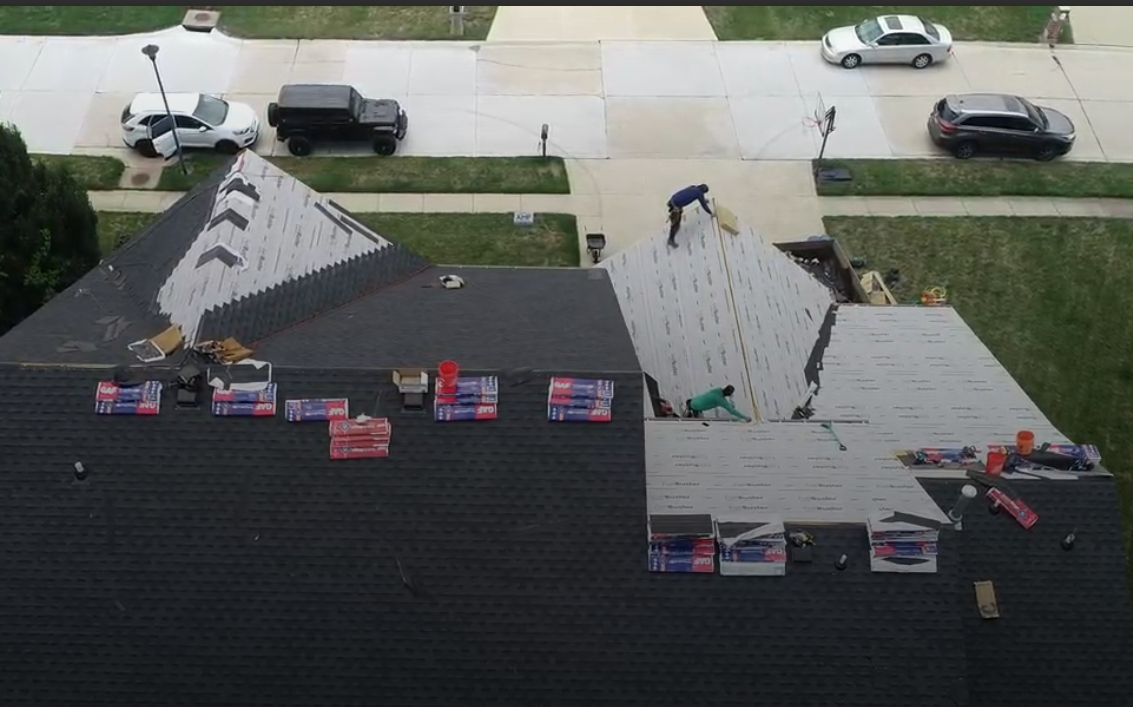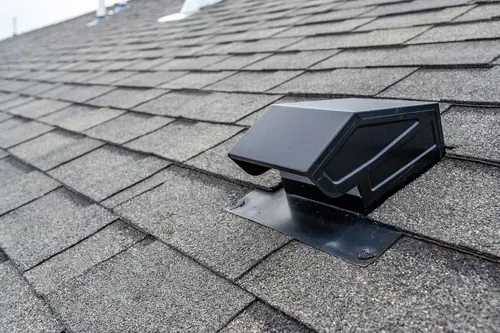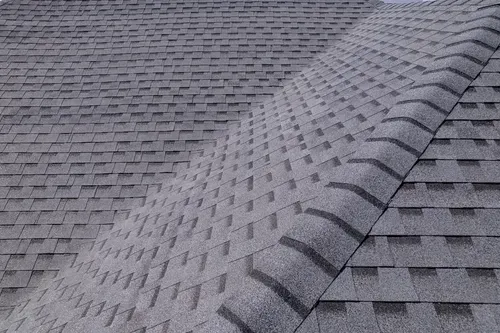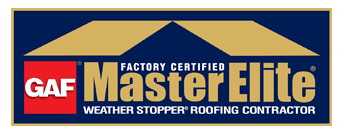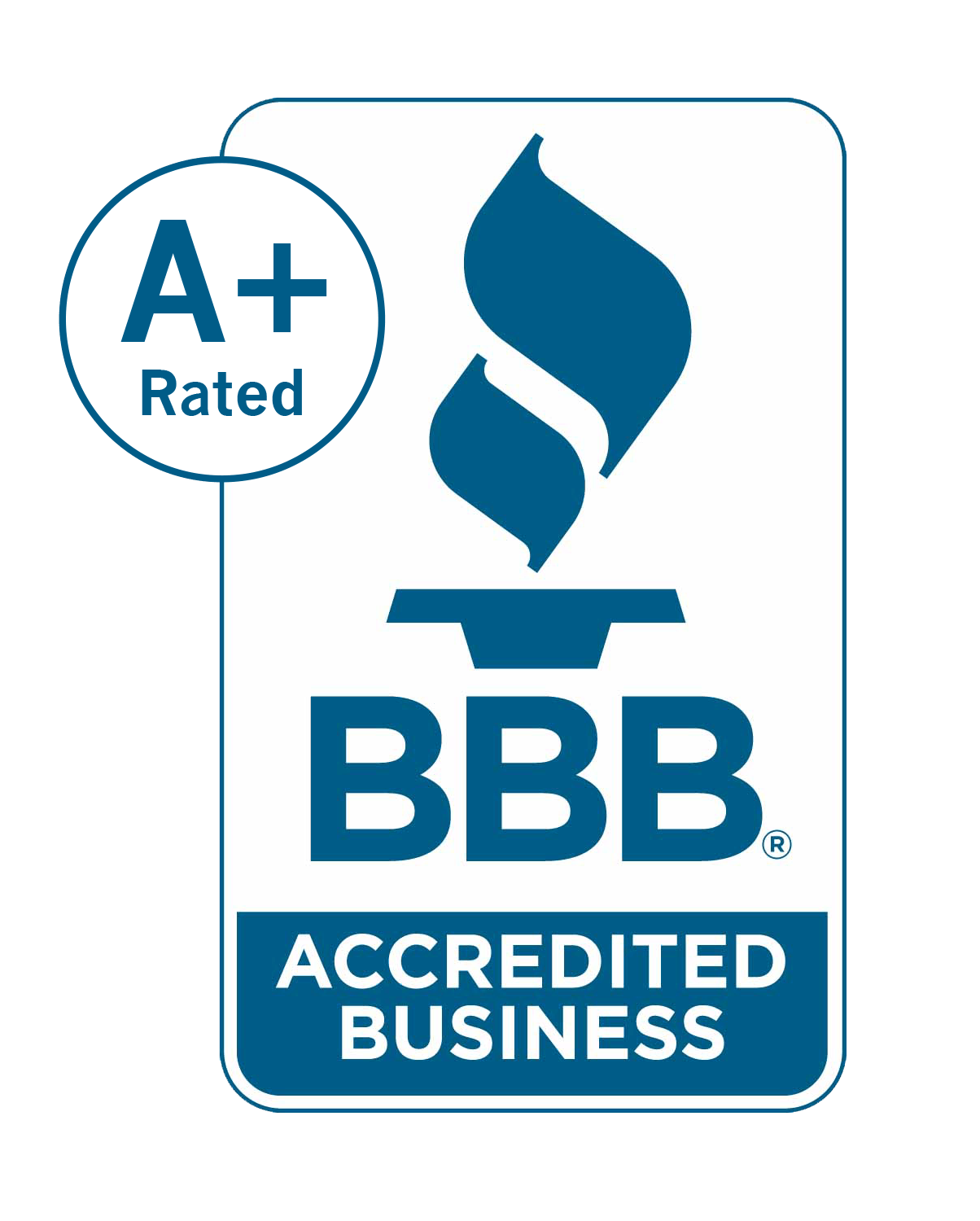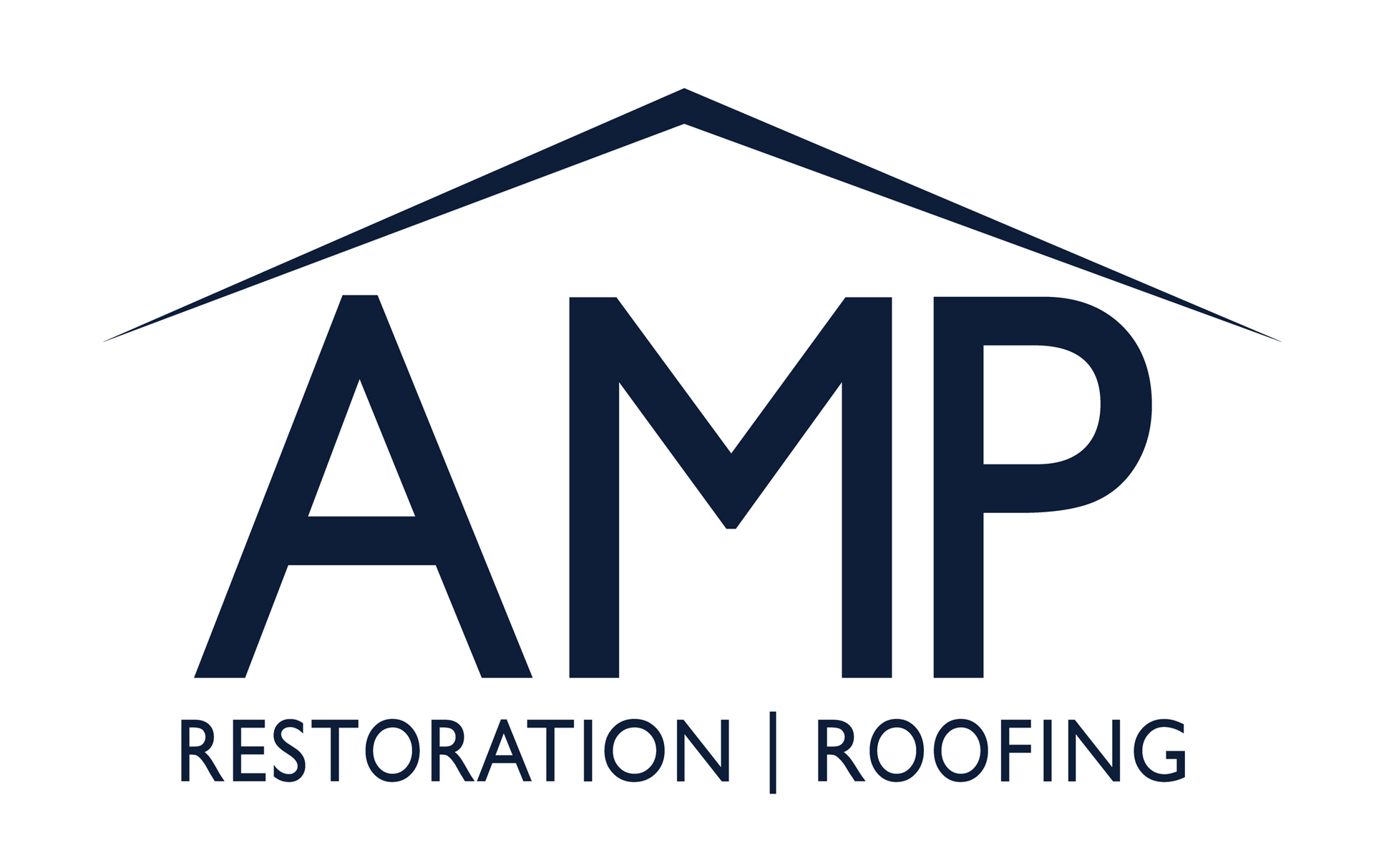Synthetic vs Felt Roof Underlayment: Which is the Best Choice for Your Home's Roofing Protection?
Your roof isn't just shingles—it's a whole system working together to protect your home. And underlayment is one of the most important layers. It sits right between your roof deck and the shingles, acting like a backup barrier against wind, rain, and moisture. Whether you're upgrading an older roof or starting fresh, choosing the right underlayment makes a huge difference.
So what's the best underlayment for your home? This post breaks down the pros and cons of synthetic felt on roofs and traditional felt materials. We'll cover cost, durability, and which one suits your roofing goals. Let's dive in and find your perfect match.
What Is Roof Underlayment and Why Does It Matter?
Underlayment is that hidden layer most homeowners never see—but it’s doing a big job. It protects your roof deck from water if your shingles fail. It also adds extra wind resistance and shields against extreme weather.
If you've ever looked into
ice and water shields, that's another type of underlayment used in high-risk areas. But when covering your entire roof, most people choose felt underlayment or synthetic roofing underlayment.
What Is Felt Underlayment?
Felt underlayment has been used for decades. It's made of a paper-like material saturated with asphalt. You'll usually find it in 15-lb or 30-lb rolls. The thicker the felt, the more protection it offers. It's affordable and works well on simple roofs. But it's heavier, can tear in high winds, and doesn't handle moisture like newer materials.
What Is Synthetic Underlayment?
Synthetic underlayment for roofs is the modern upgrade. It's made from polymers like polypropylene or polyethylene. These materials are lightweight, tough, and they're water-resistant.
Many professionals love synthetic shingles because they're easier to work with, especially on bigger roofs. They also hold up better under UV exposure and offer a cleaner finish under modern shingles like
3-tab shingles or architectural styles.
Key Differences Between Synthetic and Felt Underlayment
Feature
Weight
Durability
Water Resistance
UV Protection
Installation
Cost
Compatibility
Sustainability
Felt Underlayment
Heavier
Tears easily
Water-absorbing
Limited (1-2 days exposure)
More labor-intensive
Lower upfront
Standard roofs
Less eco-friendly
Synthetic Underlayment
Lightweight
Highly tear-resistant
Water-shedding
Extended (can last weeks exposed)
Easier and faster to install
Higher upfront, but better long-term value
Great for steep, complex, or large roofs
Some recyclable options available
When to Choose Felt Underlayment
Felt underlayment still has its place—especially when budget and tradition matter. It’s a solid option for homeowners who want a straightforward, affordable solution. Choose felt if:
You're on a tight budget- Your roof is simple with low slopes
- You’re doing a quick repair or temporary cover
- You want to match older roofing styles
When to Choose Synthetic Underlayment
Synthetic underlayment vs felt is all about performance. Synthetic wins when you want added strength, moisture resistance, and longer-lasting results. Choose synthetic if:
You live in a high-wind or rainy area- You’re replacing an older roof and want modern durability
- You plan to install sectional gutters or advanced drainage
- You’re doing a commercial roof repair project
Protect Your Roof with Your Local Experts
Do you want to protect your home every season? AMP Restoration and Roofing understands how much your roof matters, especially the roofing underlayment. We've helped homeowners find the right balance between cost, performance, and long-term protection.
We're your trusted guide when it comes to synthetic underlayment vs felt, and we'll ensure you get the results your home deserves.
